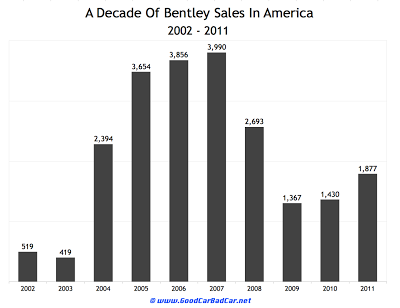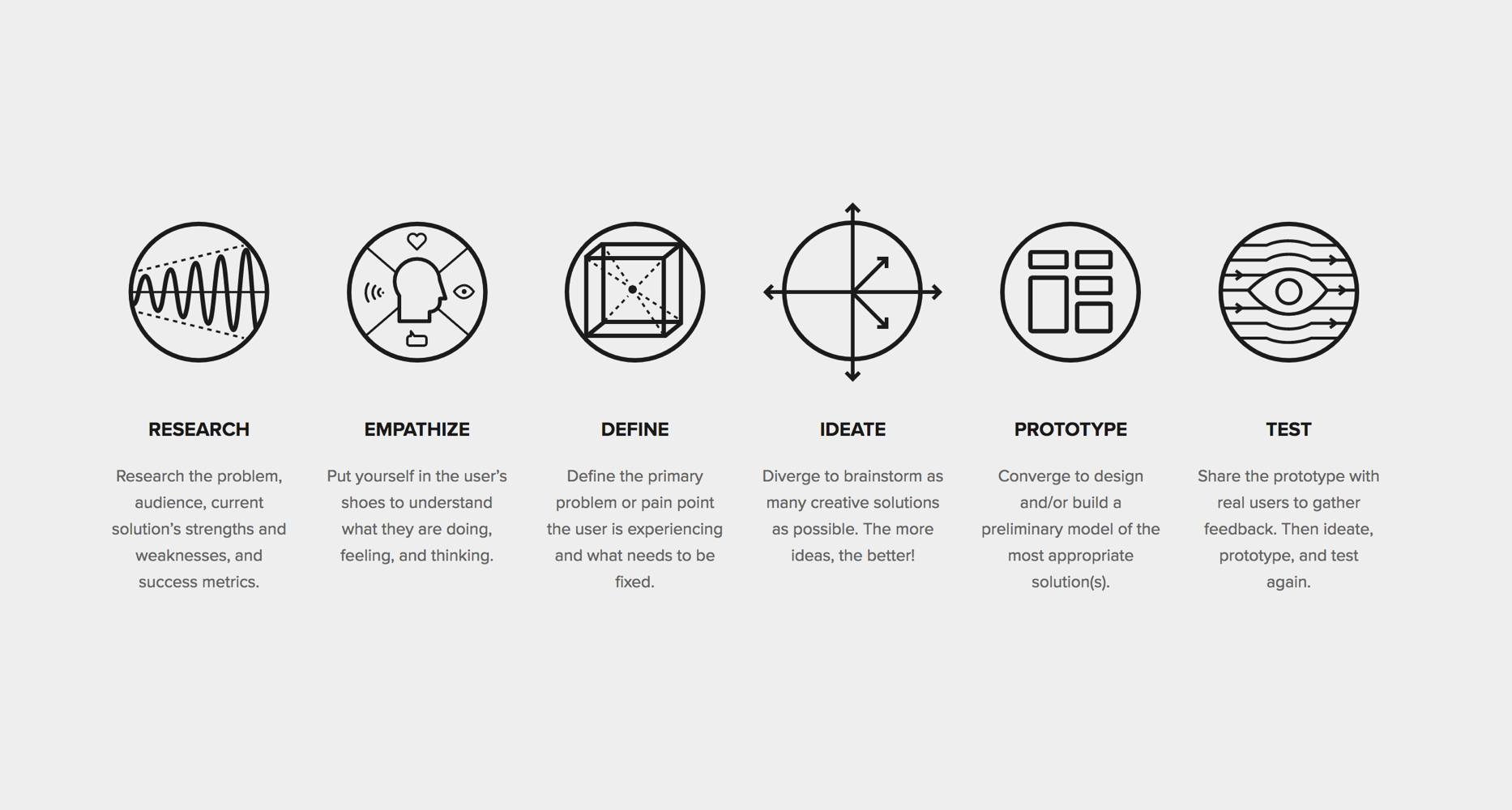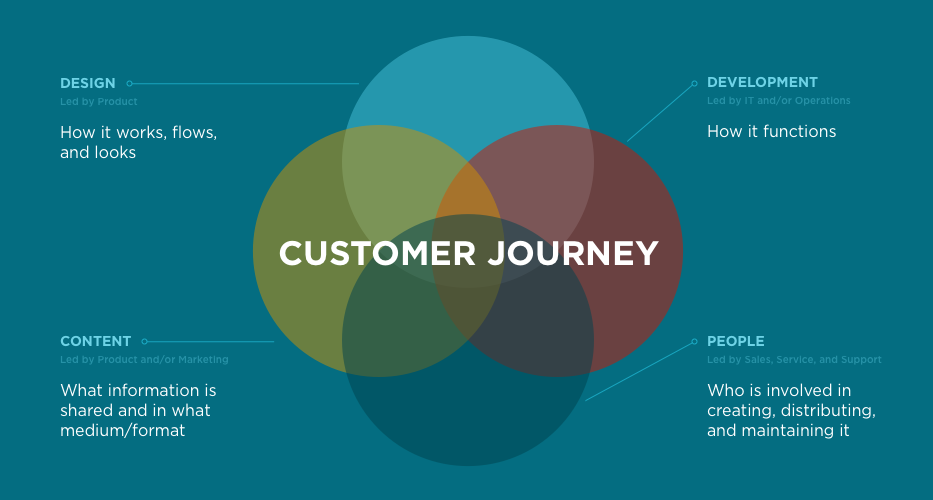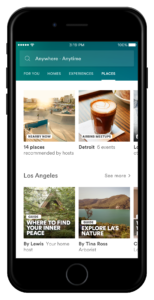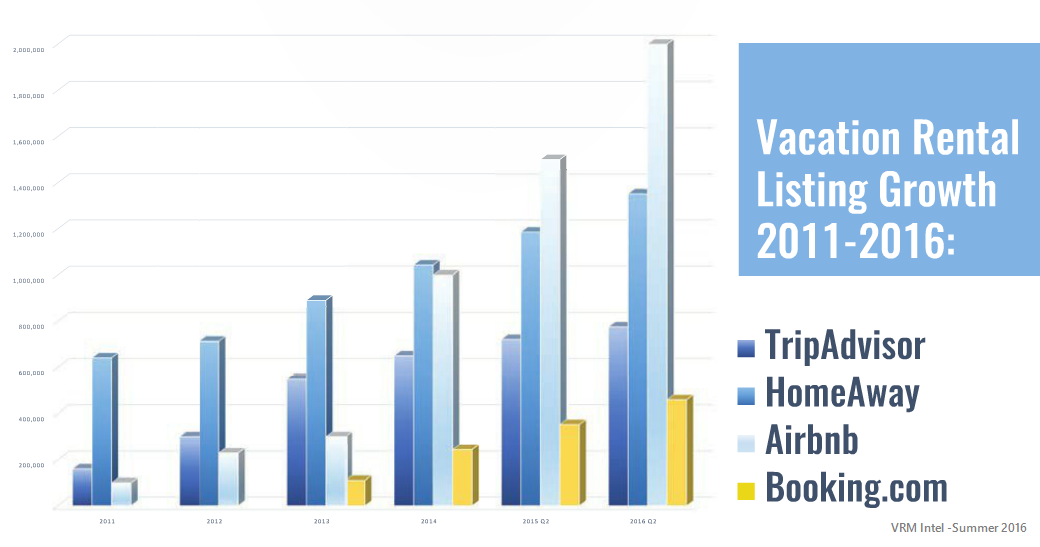Optimizing the Customer Journey with UX Design and Content Strategy

What is UX design, what is content strategy, and how do they work together to create effective, memorable customer journeys? Let’s start with a story…
In 2002, Mercedes-Benz doubled down on luxury when they came out with the Maybach 57 and Maybach 62: two cars that would go down in history…but not for a good reason. The new models were based off the Mercedes-Benz S-Class, but even more extravagant. Like the older Maybachs, the 57 and 62 were “rolling platforms of opulence, V-12 limousines for the ultra-wealthy.” The starting price? $344,000!
With the U.S. economy beginning to recover after the 2001-02 downturn, the high-end car market was poised for a strong return. Sales for brands like Bentley and Aston Martin started skyrocketing in 2004, and as the market grew, so did the thirst for luxury vehicles. It seemed like the perfect time for Mercedes to up the ante with new Maybachs.
Source: Good Car Bad Car
The timing may have been right, the design may have been beautiful, and the demand may have been there. But that couldn’t save the Maybach. After seven years, Mercedes had only sold 3,000 units and was losing over $400,000 per car. It was time to stop the bleeding. In 2012, Mercedes officially called it quits and discontinued the Maybach, one of its biggest failures to date.
What happened? Was it the price? The way it was positioned in the marketplace? The quality? Perhaps a mix of all of them. But as British magazine Car put it, the problem was that the Maybach was all sizzle and no substance:
“Despite the slow start, Messieurs Hubbert, Schrempp and Zetsche failed to fill the Maybach brand with meaningful content. Instead of receiving the first-ever production fuel-cell, a special halo version of the Bluetec engine family or an early plug-in hybrid system, Maybach never really stood for anything but beautifully executed luxury, conservative styling and debatable social acceptance.”
In UX design, we see this problem every day. The world is riddled with gorgeous websites, apps, and products. But many of them have just “thrown some UX on it.” Without useful, usable, and engaging content underneath the slick design, they’re destined to fail. That’s where content strategy comes into play.
What is UX Design, What is Content Strategy, and How Do They Work Together?
“Content informs design. Design without content is decoration.” – Jeffrey Zeldman
When companies start building or redesigning their product, the majority jump to hiring designers and developers right away. Content is often an afterthought.
However, as Jeffrey Zeldman (one of the godfathers of web and UX design) points out, there is no such thing as good UX design without good content. It’s impossible to design a great experience with bad content, and impossible to create effective content without great design and development. If you’re passionate about not only improving each touchpoint of the user experience, but also the customer’s entire journey with your product, you can’t help but care about content strategy.
UX design and content strategy may seem like separate disciplines, but they go hand-in-hand both in principle and in practice. Here’s how.
There is no such thing as good UX design without good content.
What is UX Design?
User experience (UX) design is the process of making the experience of using a product or service functional, usable, comfortable, delightful, and meaningful. (Learn more about the Experience Success Ladder here.) UX designers are often responsible for:
- Using the design thinking process to identify the real problem and create meaningful solutions that achieve business goals and user needs
- Conducting audience research and/or leveraging existing research to understand the user’s journey, tasks, goals, and jobs to be done
- Identifying and implementing the appropriate research tools (e.g., surveys, Jobs to Be Done, usability testing, user and stakeholder interviews, A/B and multivariate testing, etc.) to understand user needs, audit/test existing and new concepts, and iterate quickly
- Identifying, prioritizing, and implementing new features and product improvements
- Championing the value of quality design internally and externally
- Collaborating with other team members and stakeholders to gather information, strategize, and design successful solutions
What is Content Strategy?
Content strategy is the process of planning for the creation, delivery, and management of content. Content strategists are often responsible for:
- Collaborating with internal stakeholders and users to identify the real problem and create useful, usable, engaging content that achieves business goals and user needs
- Conducting audience research and/or leveraging existing research to understand the user’s journey, tasks, wants, and needs
- Identifying and implementing the appropriate research tools (e.g., surveys, interviews, empathy mapping, analytics, content audits, user intent analysis, SEO audits, etc.) to understand user needs, analyze existing content, and plan and create new content
- Documenting the overall content strategy and associated tactics (e.g., brand foundation, audience personas, voice and tone, brand story, messaging architecture, editorial plan, etc.)
- Championing the value of quality content internally and externally
- Collaborating with other team members and stakeholders to deliver the right content, in the right place, at the right time, in the right way
Where They Overlap
When you see the answers to “What is UX design?” and “What is content strategy?”, do you notice any similarities? Quite a few!
Both disciplines focus on delivering value to the business by delivering value to the user or customer (a concept we call “Design Success = User Success”). They work in tandem to create not just one awesome design, piece of content, or interaction, but an amazing experience or journey as a whole.
Content strategists and UX designers have been instrumental in bringing together all the departments and disciplines needed to optimize a customer’s journey. Designers, developers, writers, and other creative professionals are notorious for working in silos where they don’t have to interact with anyone else. However, people operating in a vacuum create products that only work in a vacuum.
To be successful in the real world with real people, product designers need to balance four elements throughout the customer journey. Each one involves multiple stakeholders and departments.
Therein lies the complexity of UX design and content strategy: they both require many different considerations, skill sets, people, and departments. But as all of today’s leading brands have discovered, both disciplines share the same goals, and the hard work is worth it.
Both disciplines focus on delivering value to the business by delivering value to the user or customer (a concept we call “Design Success = User Success”). They work in tandem to create not just one awesome design, piece of content, or interaction, but an amazing experience or journey as a whole.
The ROI of UX and CS
“Optimizing a single customer journey is tactical; shifting organizational processes, culture, and mind-sets to a journey orientation is strategic and transformational. Journey-based transformations are not easy, and they may take years to perfect. But the reward is higher customer and employee satisfaction, increased revenue, and lower costs.” – Alex Rawson, Ewan Duncan, and Conor Jones
Many of the most successful products on the market today invest in UX design and content strategy because they’ve seen the value these disciplines provide:
- Help keep the user top of mind
- Bridge the gap between business goals and user needs
- Reinforce the importance of optimizing not only individual touchpoints, but also the entire journey
- Ensures a product’s content is just as strong as the design and code, creating a more effective overall experience
- Improve KPIs, such as conversions, sales/revenue, churn, satisfaction/NPS, loyalty, employee satisfaction, and more
Airbnb has experienced these results firsthand. They become the fastest growing vacation rental business in the world by blending design, content, development, and people to deliver the best experience among their competitors.
Design has always been a central part of Airbnb, and in 2014, the company reinforced that commitment by starting to build a content strategy team. Their content strategists serve as the connectors between Airbnb’s numerous departments:
“We sit by our designers to map out entire flows, agree on a hierarchy of information, and weigh different approaches to the design or content, and we use insights from research and data science to inform our recommendations.
We look to product managers to help us understand the problems we’re solving and the information we need to convey to people using our products.
We collaborate with engineers, bring in our legal team to review content from a policy lens, and work with language managers on our localization team to make sure our ideas translate well.
We’re responsible for all the words on a given screen, but in many ways, our role is to help our teams balance business goals and constraints with the needs of our global community of hosts and guests.”
Since hiring their first strategist in 2014, the content team has grown to more than 20 people. What else started happening in 2014? Exponential growth.
Source: VRMintel
While there were many factors that contributed to this growth, it’s no coincidence that 2014 was the year Airbnb invested even more in UX and content strategy. By focusing just as much on content as they did on design, the company dramatically improved the customer journey, raised the bar for the rest of the industry, and has reaped the rewards ever since.
By focusing just as much on content as they did on design, Airbnb dramatically improved the customer journey, raised the bar for the rest of the industry, and has reaped the rewards ever since.
Collaboration: The Key to Success
“People don’t experience content separately from design, UX, and code. Making things shouldn’t be that way either.” – Jared Spool
Users view their experience with your product or service as the sum of their interactions, not the individual moments. They don’t care or understand why those moments happened in a certain way.
It doesn’t matter to them that your developers and designers had a miscommunication behind the scenes, which led to a confusing shopping cart flow. All they noticed was that they couldn’t make their purchase quickly and easily. They don’t care that the support rep’s software is hard to navigate, which made it difficult to answer the customer’s question quickly. All they noticed was the long, frustrating call that didn’t even fix their problem.
Any company can design one great touchpoint, but as the Harvard Business Review points out in their article, The Truth About Customer Experience, “What reduced satisfaction was something few companies manage — cumulative experiences across multiple touchpoints and in multiple channels over time.”
No longer can we work in silos or view each interaction independent of the others. We have to work together and focus just as much on each moment a user has with our products and services as we do with how those moments add up throughout their entire experience.
Delivering great experiences used to be simple. But with so much competition, so many types of online and offline interactions, and such high expectations, it’s growing harder every day.
Designing seamless journeys requires adapting our mindset and processes to the new reality. No longer can we work in silos or view each interaction independent of the others. We have to work together and focus just as much on each moment a user has with our products and services as we do with how those moments add up throughout their entire experience.
That’s why collaboration is key, and with so much overlap between UX design and content strategy, it’s an easy place to start working together.
Collaboration comes in many forms: working with other team members, disciplines, departments, users, subject matter experts, and more. There are plenty of reasons why people hesitate to collaborate (time, budget, politics, ego, and more), but the results are undeniable:
- A better final product that meets business goals and user needs, which improves metrics
- More efficiency, which leads to faster launches
- Less rework, which saves money
These benefits add up to huge competitive advantages that allow user-focused brands to jump ahead of their peers and develop sought-after products their customers can’t live without.
The Journey Starts Here
UX design and content strategy may seem a bit mystical and complex, but in reality, they both share the same objective: create a successful, meaningful customer journey. These journeys aren’t the result of one moment, one person, or one discipline — they’re the sum of all the parts. As you’re designing your product, consider how you can bring together quality design, content, code, and people to make every interaction count and optimize the entire customer journey.
Looking for ways to improve your customer experience with UX design and content strategy? Send out a UX Rings survey to get focused feedback from users and set baseline metrics to measure future progress, or contact our team at Drawbackwards for more ideas on how to lead your business and customers to success.
